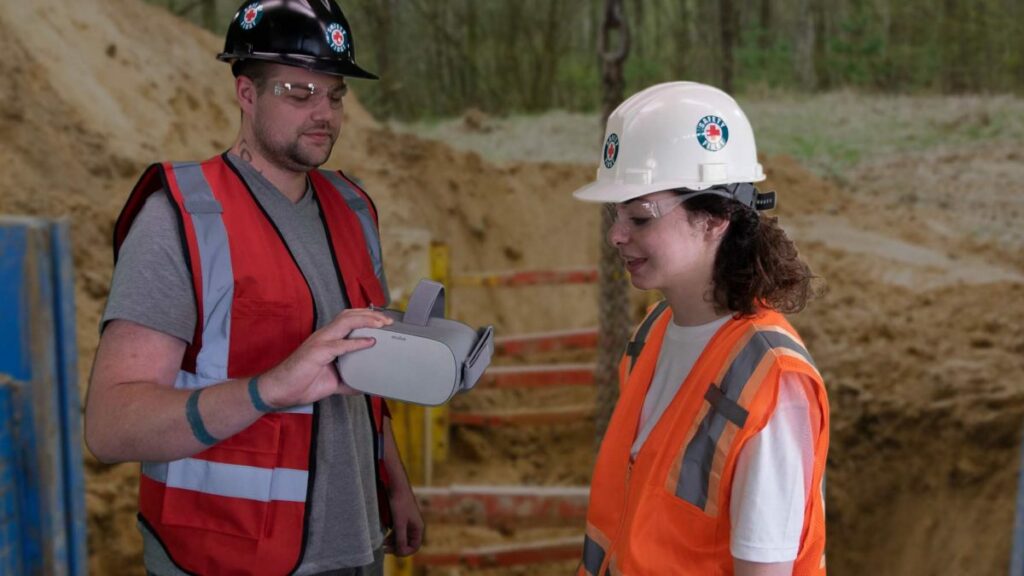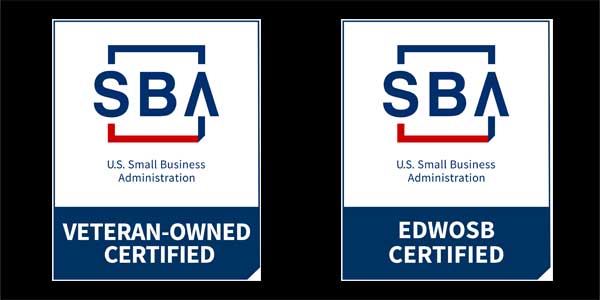Hello, this is Breean; and this is David with 360 Immersive. Join us when you wanna learn more about VR, and how it’s transforming training and education. So, today we’re gonna learn a little bit more about the U Train VR platform. But first, we wanna back up a little bit and figure out: what is a platform, and how does that work with U Train VR? So, David, what are we talking about, and what are the differences?
Well, in our definition, a platform is more than a singular element or a component—for instance, if you have an app—that does something. But let’s say that you wanna hook that app into an LMS or safety management system; and then, you wanna take that app and you wanna connect it to all the server-side components and elements that drive it. And then, you take that app, then you need to integrate the hardware: the goggles, or the tablets, or even a desktop.
And so, you have all of these components that give you great functionality, but it’s more than a singular element, so we call it a platform. And it does more, it offers a more robust platform, or basis for learning. When you talk about the U Train VR platform, think of a library.
Breean: With all the books on the shelves –
David: You walk into that library, you walk in through the front doors, and you have, well, what people used to call the card catalog.
Breean: Yes, I was gonna say catalog.
David: You know, you categorize all of your VR, AR, even traditional video modules in categories. And then, we drill down a little bit more, so we walk into a row or we look up on the shelves, and that we have certain – maybe certain modules that apply to certain course criteria. Now, we drill down a little bit further, and we finally take that book off the shelf. And so, the U Train VR platform allows us to create a platform that can serve-up computer paste VR content, it can serve-up 360 video content, it can even serve-up maybe traditional 3D content like simulations. And in this case, we apply it with android, iOS, Oculus and VivePort, so you’ve got a number of different operating systems and hardware platforms.
Breean: That you can use to check-out –
David: That’s right.
Breean: – that book.
David: So, the great thing is that we can tie-in to LMS systems; we can tie-in to safety management systems; and in fact, in some cases we want to white-label, and this has to do with more of a – maybe a marketing than a training usage, but we wanna white-label so that people or organizations can brand to their own organization. So, if you – maybe it is training, and you have a steel manufacturer and all they wanna see is the brand of their company.
Breean: For their employees; for their team, mm-hmm.
David: Absolutely. They don’t see anything about the U Train platform, or 360 Immersive that’s kind of powering the engine, it’s all transparent. And some of the other functions that this platform allows, it allows us to be very consistent in our support and updates. So, we have instead of creating a whole bunch of apps –
Breean: One book in a thousand different libraries –
David: Absolutely.
Breean: – you have them all in one spot.
David: We can update, improve, and maintain the platform, versus trying to update 10 or 100 apps.
Breean: Absolutely.
David: So, the U Train VR platform gives us a lot of functionality to serve-up a library of content to end users, to tie in into LMSs, to do all of the things that bring Immersive training to organizations, and it’s a platform.
Breean: All right, well, that makes it a lot more clear in my mind. Some of you younger folks that may not be as familiar with libraries, that may be a little bit of a stretch, but you can find somebody to explain it to you. Thank you so much for visiting us today, and when you wanna learn more, make sure that you subscribe, follow us, and stay–tuned next time for more. This has been 360 Immersive, thank you.


